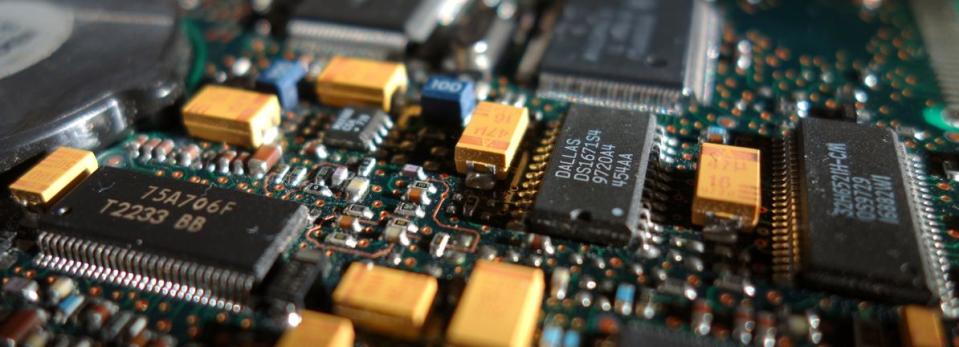Why Tower Semiconductor Ltd.’s (NASDAQ:TSEM) Return On Capital Employed Looks Uninspiring

Today we'll evaluate Tower Semiconductor Ltd. (NASDAQ:TSEM) to determine whether it could have potential as an investment idea. In particular, we'll consider its Return On Capital Employed (ROCE), as that can give us insight into how profitably the company is able to employ capital in its business.
First up, we'll look at what ROCE is and how we calculate it. Second, we'll look at its ROCE compared to similar companies. Finally, we'll look at how its current liabilities affect its ROCE.
What is Return On Capital Employed (ROCE)?
ROCE measures the 'return' (pre-tax profit) a company generates from capital employed in its business. Generally speaking a higher ROCE is better. Ultimately, it is a useful but imperfect metric. Renowned investment researcher Michael Mauboussin has suggested that a high ROCE can indicate that 'one dollar invested in the company generates value of more than one dollar'.
So, How Do We Calculate ROCE?
The formula for calculating the return on capital employed is:
Return on Capital Employed = Earnings Before Interest and Tax (EBIT) ÷ (Total Assets - Current Liabilities)
Or for Tower Semiconductor:
0.052 = US$87m ÷ (US$1.9b - US$253m) (Based on the trailing twelve months to December 2019.)
Therefore, Tower Semiconductor has an ROCE of 5.2%.
See our latest analysis for Tower Semiconductor
Is Tower Semiconductor's ROCE Good?
One way to assess ROCE is to compare similar companies. Using our data, Tower Semiconductor's ROCE appears to be significantly below the 9.3% average in the Semiconductor industry. This performance could be negative if sustained, as it suggests the business may underperform its industry. Aside from the industry comparison, Tower Semiconductor's ROCE is mediocre in absolute terms, considering the risk of investing in stocks versus the safety of a bank account. Investors may wish to consider higher-performing investments.
Tower Semiconductor's current ROCE of 5.2% is lower than 3 years ago, when the company reported a 15% ROCE. Therefore we wonder if the company is facing new headwinds. You can see in the image below how Tower Semiconductor's ROCE compares to its industry. Click to see more on past growth.
It is important to remember that ROCE shows past performance, and is not necessarily predictive. ROCE can be deceptive for cyclical businesses, as returns can look incredible in boom times, and terribly low in downturns. This is because ROCE only looks at one year, instead of considering returns across a whole cycle. Since the future is so important for investors, you should check out our free report on analyst forecasts for Tower Semiconductor.
What Are Current Liabilities, And How Do They Affect Tower Semiconductor's ROCE?
Short term (or current) liabilities, are things like supplier invoices, overdrafts, or tax bills that need to be paid within 12 months. Due to the way the ROCE equation works, having large bills due in the near term can make it look as though a company has less capital employed, and thus a higher ROCE than usual. To check the impact of this, we calculate if a company has high current liabilities relative to its total assets.
Tower Semiconductor has total assets of US$1.9b and current liabilities of US$253m. Therefore its current liabilities are equivalent to approximately 13% of its total assets. This very reasonable level of current liabilities would not boost the ROCE by much.
Our Take On Tower Semiconductor's ROCE
That said, Tower Semiconductor's ROCE is mediocre, there may be more attractive investments around. Of course, you might also be able to find a better stock than Tower Semiconductor. So you may wish to see this free collection of other companies that have grown earnings strongly.
I will like Tower Semiconductor better if I see some big insider buys. While we wait, check out this free list of growing companies with considerable, recent, insider buying.
If you spot an error that warrants correction, please contact the editor at editorial-team@simplywallst.com. This article by Simply Wall St is general in nature. It does not constitute a recommendation to buy or sell any stock, and does not take account of your objectives, or your financial situation. Simply Wall St has no position in the stocks mentioned.
We aim to bring you long-term focused research analysis driven by fundamental data. Note that our analysis may not factor in the latest price-sensitive company announcements or qualitative material. Thank you for reading.

